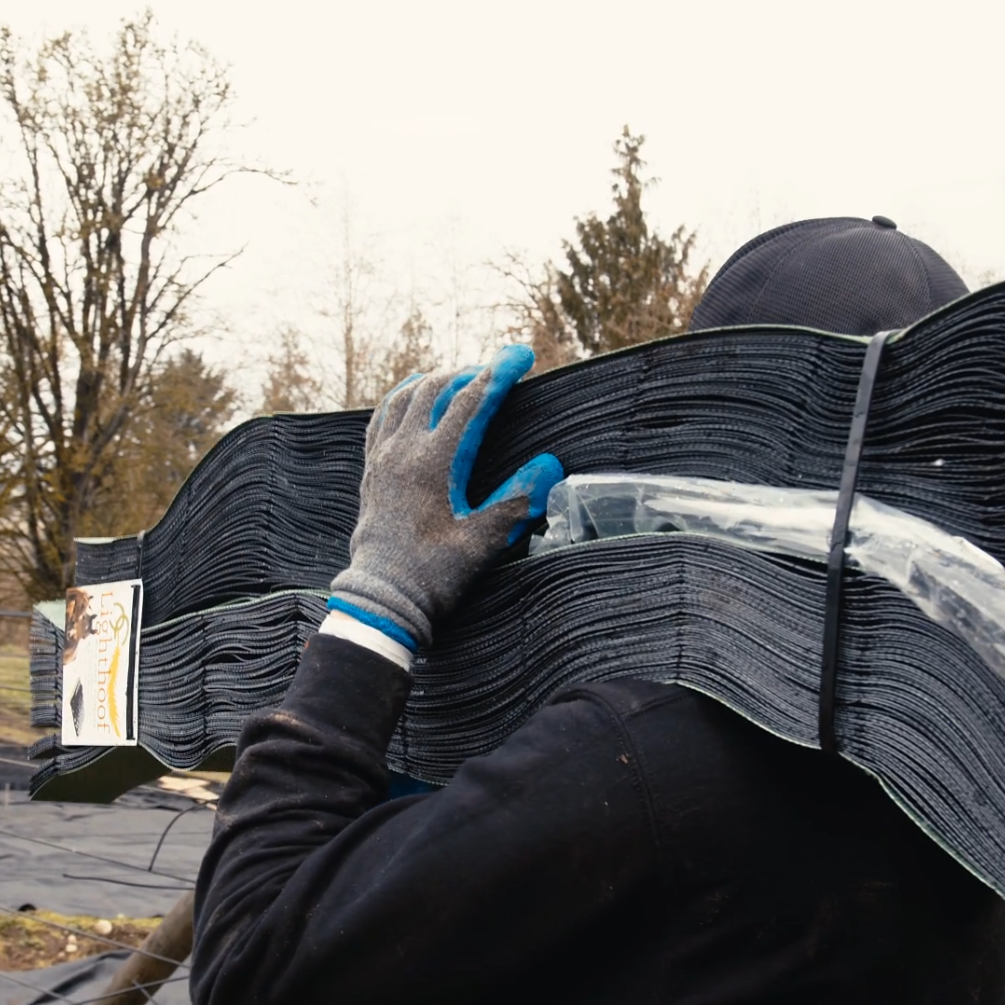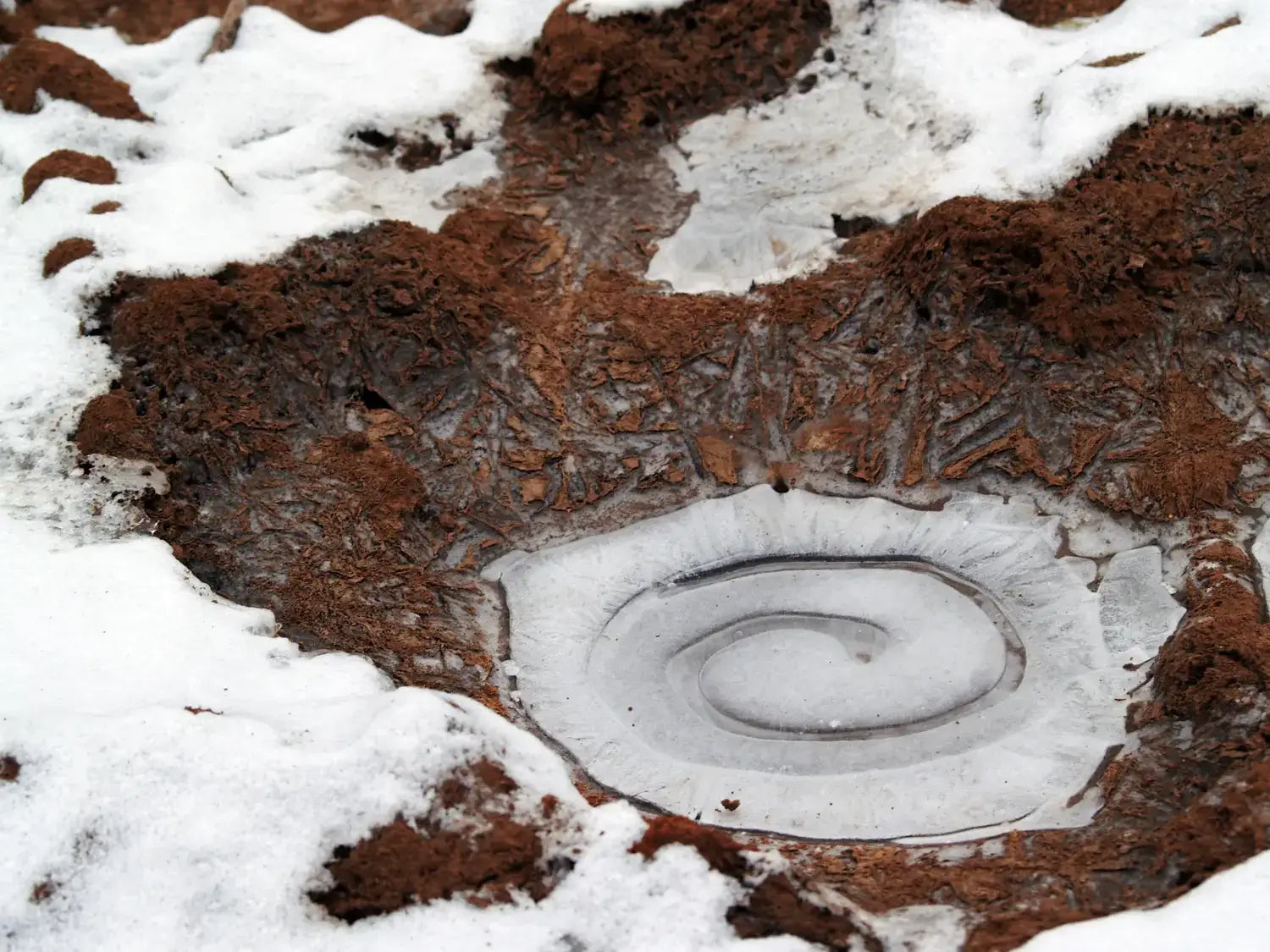
Frozen Ground: How to Manage the Melt
If you’re a barn or stable owner that sees the hard frozen temperatures in winter and dreads the inevitable spring thaw, now is a great time to consider ways to manage your soil and footing options...
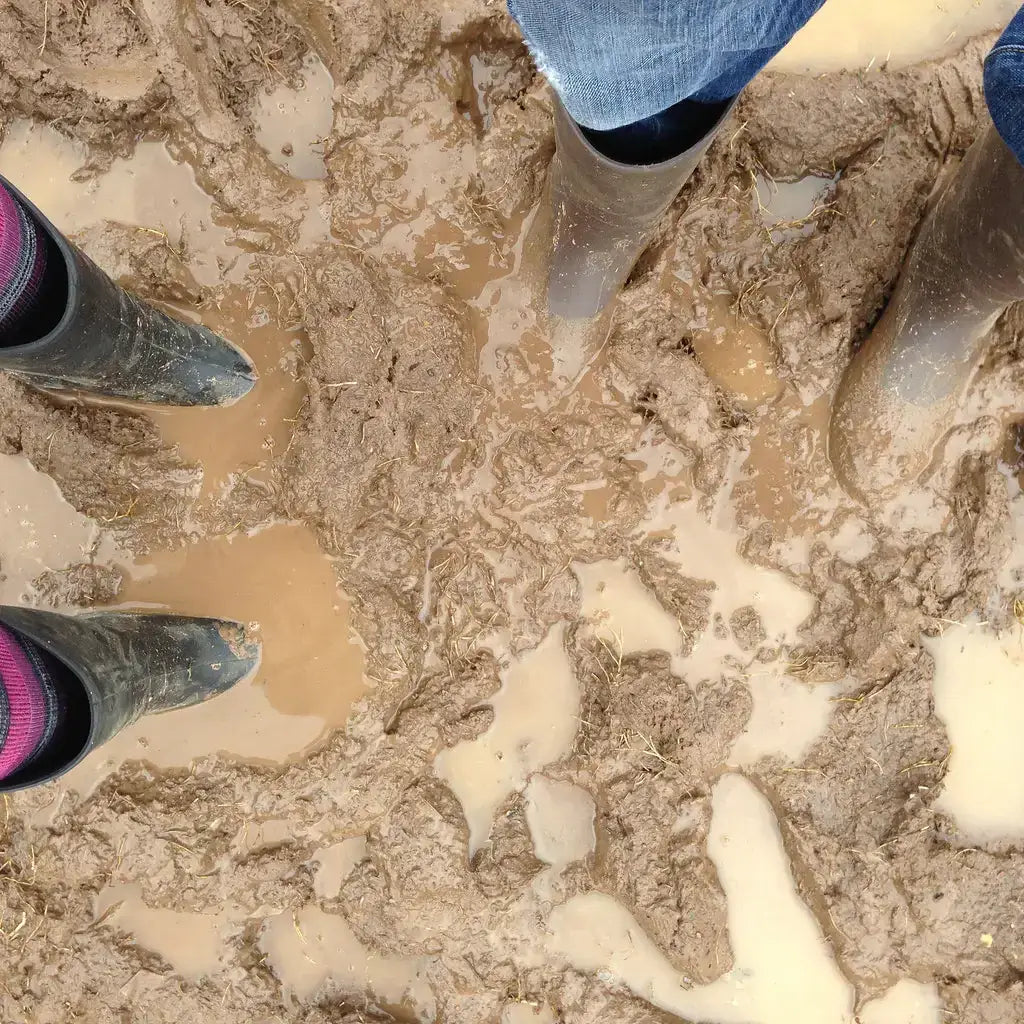
Mud FAQ Continued - Why Ground Stability is as Important as Drainage
In our previous installments we gave you some great ideas on what to look for when you’re trying to clean up the mud on your property. Risk factors, soil composition, maintenance were all discussed...
Why Fabric Isn’t a Good Mud Management Solution for Horse Paddocks
Many of us have tried laying outdoor fabric under our paddock footing to try and prevent mud. Keeping horses is quite an expense and anywhere we can save a dollar or two, we’re tempted! So when som...
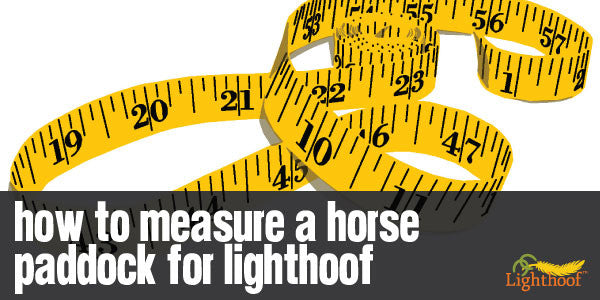
It’s easy to to figure out how many Lighthoof panels you need to make a mud-free area for your horse. Each Lighthoof panel expands to 6’x12’, covering 72 square feet of ground. Don’t worry if your...
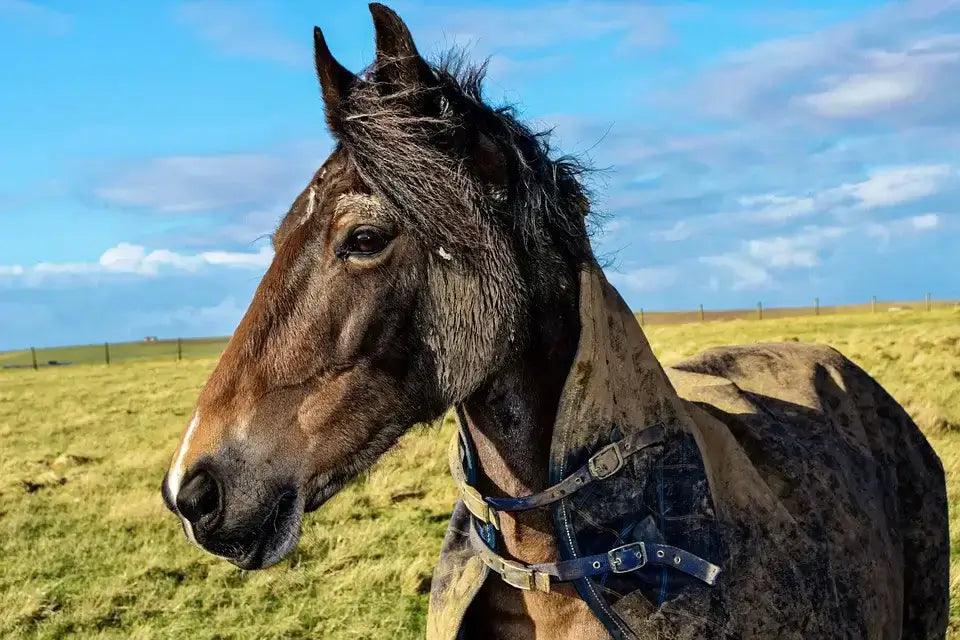
In last month’s Monthly Mud FAQs, we addressed some risk factors that the discerning farm owner should be aware of. Now that you’ve got a handle on the risks, we’re here to help you find solutions ...
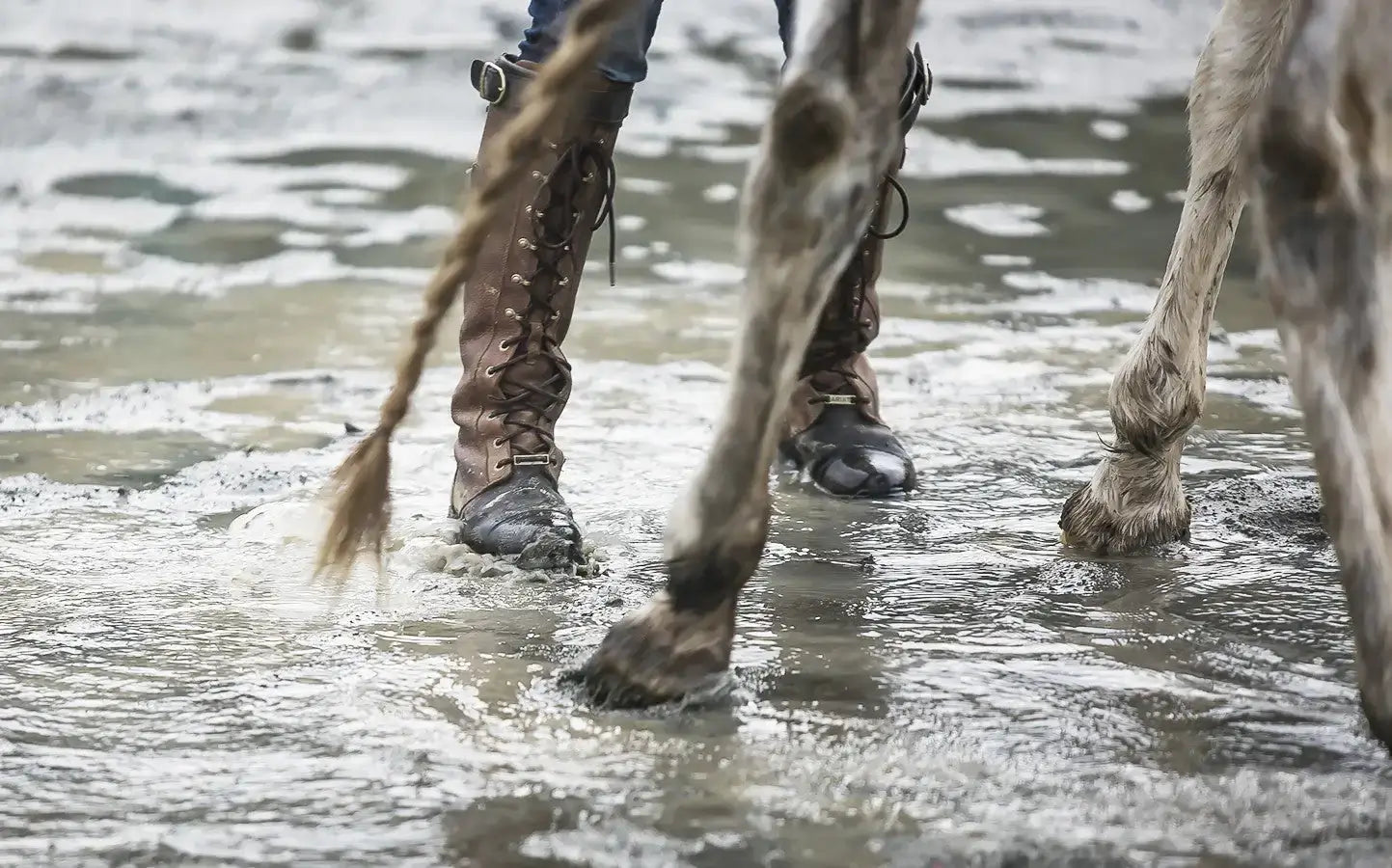
Horse Paddock Drainage: Stability Is More Important than Permeability
A common misconception in the horse world is the idea that mud problems are solved by using a paddock footing material that is permeable or “drains through.” Of course it would be lovely if we...
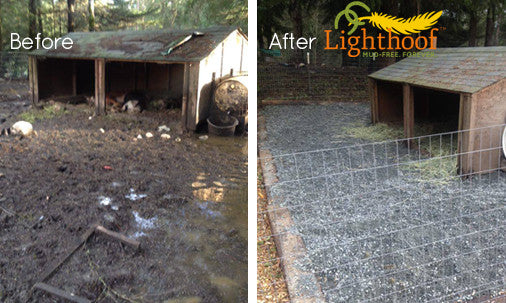
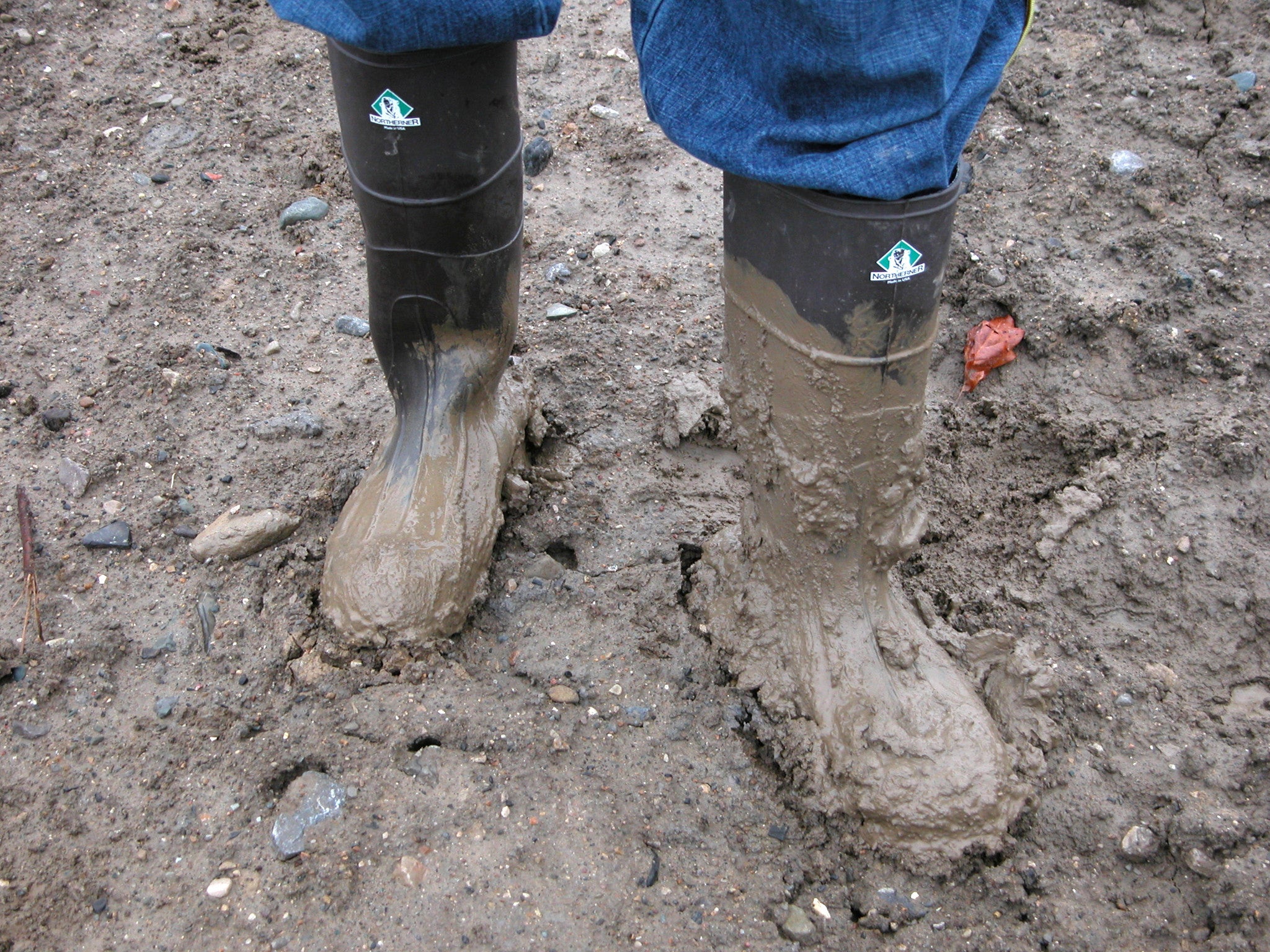
Mud. It’s a word that’s a sore spot for horse owners and property owners alike. Managing the mess that accompanies mud on your farm is an ongoing, and an uphill, battle. As horse owners, you want t...

